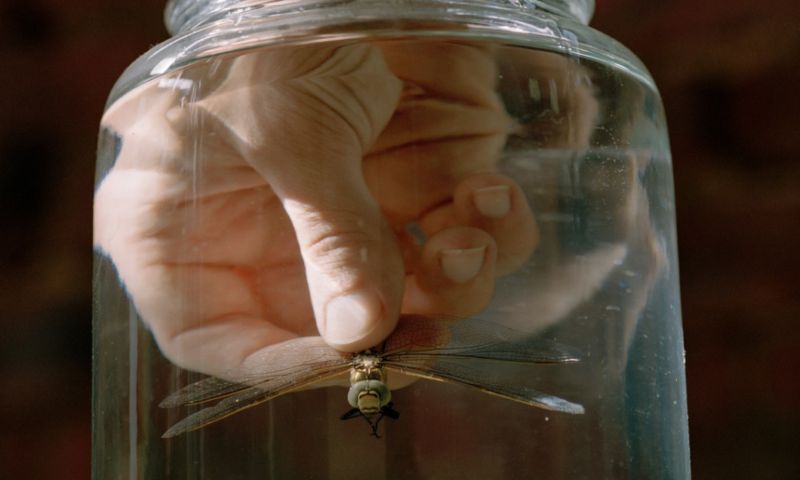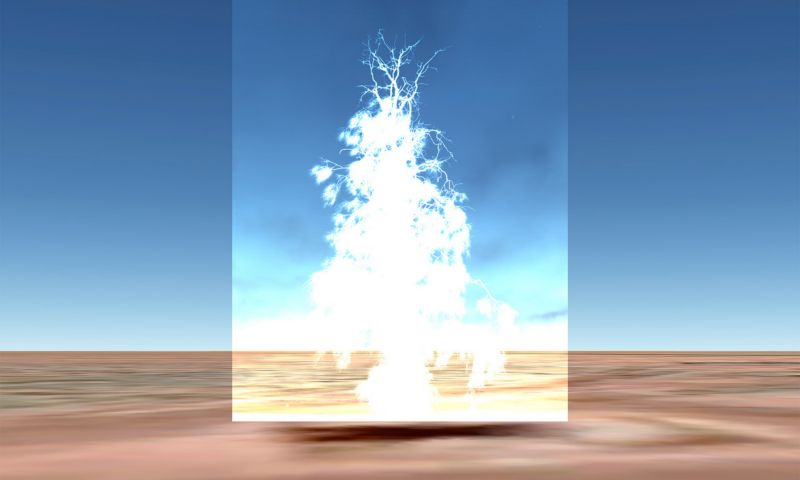(Dis)connected to Country - Jahkarli Romanis
Tell us a bit more about your work?
Broadly speaking, my work is based in practice-led research, photography and moving image. It delves into representations of self, identity and Country. The work presented at James Makin Gallery as part of Photo 2022 is an ongoing series called '(Dis)connected to Country.'
These particular images from '(Dis)connected to Country' explore ways in which visual systems of cartography, such as Google Earth, have continued to omit Indigenous Knowledges of place, sustaining colonial narratives within Australia and the myth of ‘terra nullius’.
They aim to highlight the inherent biases in contemporary digital mapping technologies, undermining the idea that Western maps are ‘neutral’ tools. The work shows where these technologies dysfunction, degrade and break down within themselves.
How does your work connect with the Photo 2022 theme 'Being Human'?
My work connects with the theme in a few ways. I feel the theme is an important reflection point after the last couple of years we've had. There have been many global events which have asked us to reflect on our humanity as a species, but also the human condition. What does it actually mean to be a human living during this time?
As a Pitta Pitta woman, Country is central to my being and this work reflects on that connection, but also how we exploit or erase Country. We all rely on Country to survive, whether we recognise it or not. In a very broad sense, I suppose Country, the environment and the land are all part of our existence as humans.
Tell me about your time at RMIT. How has it helped inspire your practice?
My time at RMIT really honed my critical thinking towards image making, it was a space that catalysed my practice. There are many people who have helped my creative journey and shaped it into what it is currently. Many of my lecturers at RMIT had their own creative practices, it was inspiring to see their work and their thinking. Having artists as teachers makes a huge difference. There's a lovely photographic community at RMIT, the people are what make it special.
Read more about Jahkarli’s work.














